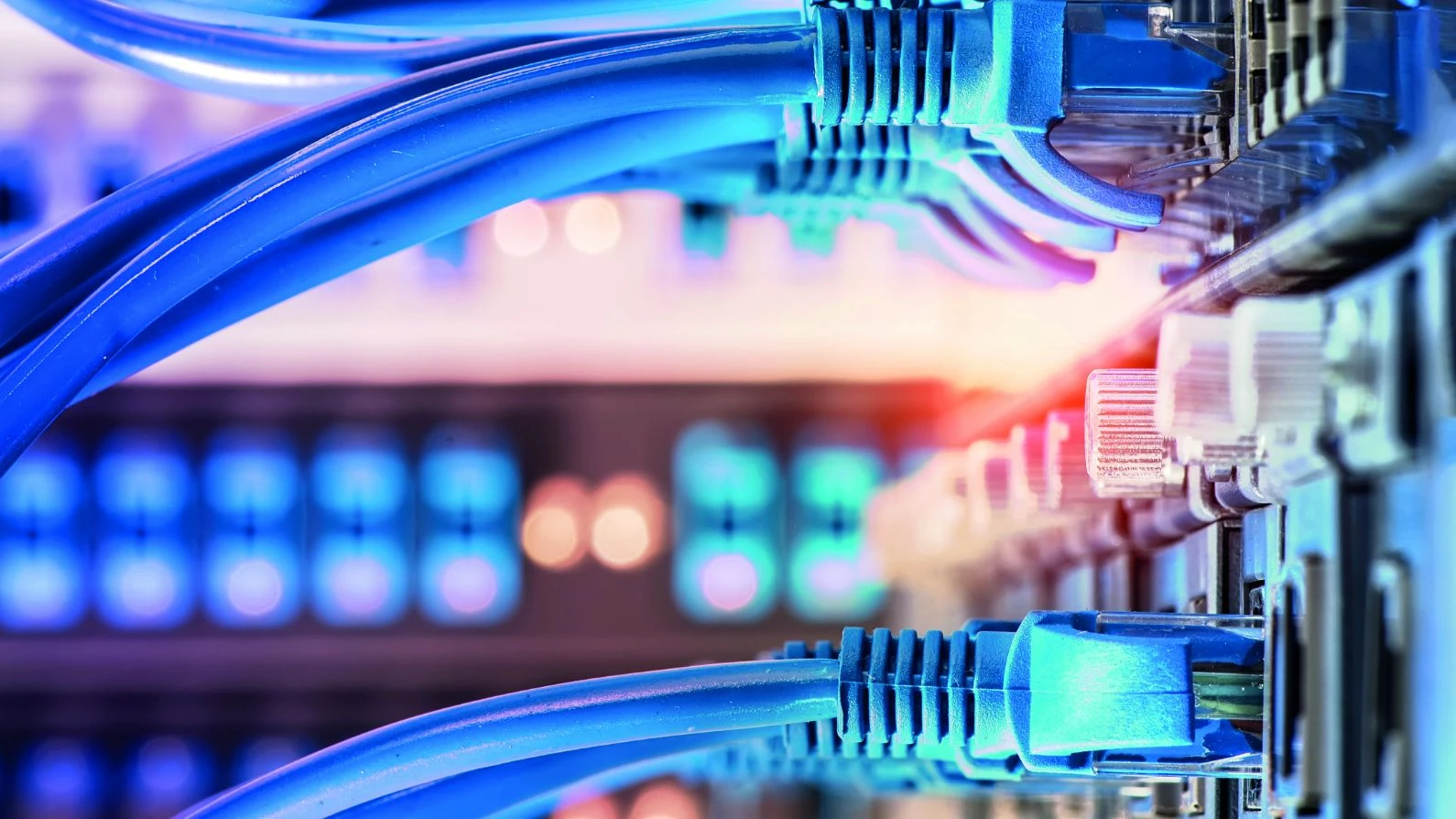In the world of networking, the race for faster and better technology is never-ending. However, it's crucial to make informed decisions when upgrading your equipment. One trend that has caught the attention of many is the emergence of Category 8 Ethernet cables, commonly known as Cat 8. In this article, we'll explore whether investing in these high-performance cables is truly worth it.
The Allure of Cat 8
Cat 8 cables are often marketed as the pinnacle of speed and performance. With a capability of reaching up to 40 gigabits per second, these cables seem like the perfect solution for gamers and streaming enthusiasts. However, a closer look reveals some aspects that might make you reconsider before splurging on the latest and fastest technology.
Speed Overkill
The most apparent reason to think twice before opting for Cat 8 cables is that, for most home users, the blazing 40 gigabits per second is overkill. The fastest home internet connections in the US currently operate at around 8 gigabits per second, with average speeds being even lower. This makes the Cat 8's speed capabilities excessive for typical household usage.
Moreover, to fully harness the speed of Cat 8, you need compatible equipment at home. Many computers still come with 1-gigabit Ethernet ports, and while you can purchase adapters for higher speeds, each step up the ladder incurs additional costs. Notably, the current models of 40-gigabit network cards often use a different connector called QSFP+, primarily associated with fiber optic or twin axial cables, rather than Cat 8.
Compatibility Challenges
Even if you're willing to invest in the necessary equipment, compatibility issues may arise. Cat 8 cables are noticeably thicker and stiffer compared to their predecessors. This rigidity makes them more challenging to bend and route around objects, potentially causing problems during installation.
Anecdotal reports suggest that Cat 8 cables may not work seamlessly with mainstream routers, PCs, and consoles. Users have reported poor performance despite theoretical compatibility. The larger size and increased shielding of Cat 8 cables also make terminating them, i.e., attaching connectors for plugging into devices, a more complex task.
The Fake Cat 8 Conundrum
Another significant concern is the prevalence of fake Cat 8 cables in the market. Some cables, despite being labeled as Cat 8, may not adhere to the actual specifications. This can result from poor construction, bad termination, or intentional mislabeling as part of a scam. Buyers, especially those purchasing plug-and-play Cat 8 cables online, may encounter performance issues due to these non-compliant or counterfeit products.
Making the Right Choice
So, what kind of Ethernet cable should you opt for? The answer depends on your specific needs. For most users, Cat 5e, Cat 6, or Cat 6A cables are sufficient. The decision should be based on the required speed and the length of the cable run. A helpful chart is provided below for your reference:
| Cable Type | Maximum Speed | Recommended Use |
|---|---|---|
| Cat 5e | 1 Gbps | Basic home networking |
| Cat 6 | 10 Gbps | Gaming and streaming |
| Cat 6A | 10 Gbps | Longer cable runs |
In conclusion, before succumbing to the allure of Cat 8 cables, carefully assess your requirements, consider the potential compatibility issues, and be wary of counterfeit products. Making an informed decision ensures that you invest wisely in networking equipment that truly meets your needs.


No comments yet